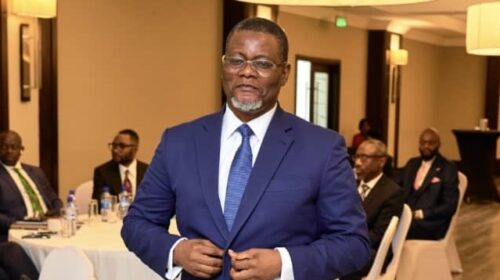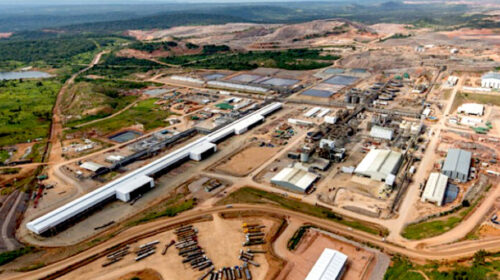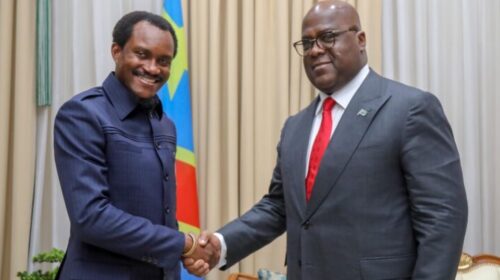DRC Mining Sector Loses Billions Due to Energy Deficit
Over the past five years, approximately $4 billion in potential revenue has bypassed the National Electricity Company (SNEL) due to the country’s chronic energy shortages.
Fabrice Lusinde, the General Manager of SNEL, revealed this alarming figure during the Makutano Forum, shedding light on the significant energy deficit impacting the mining sector.
According to Lusinde, mining companies currently purchase around $800 million worth of energy from SNEL annually. However, in addition to this, they import electricity worth $200 million from southern Africa and spend an additional $500 to $600 million on petroleum products to run their thermal power plants. As a result, the total expenditure by miners on energy and fuel over the past five years amounts to approximately $4 billion.
This energy gap has had a profound impact on production, with mining companies, such as Canadian-owned Ivanhoe Mines, adjusting their output forecasts for 2024. Due to inconsistent energy supply, Ivanhoe Mines reduced its copper production target by 9%—from an initial forecast of 440,000–490,000 tonnes to 425,000–450,000 tonnes.
In response, the company is exploring solutions such as installing additional energy capacity on-site and importing more electricity to stabilize consumption.
Experts argue that the underlying cause of the energy crisis lies in poor planning and a lack of a coherent national energy policy that aligns with the country’s vast hydroelectric potential.
The Democratic Republic of Congo (DRC) is known for its enormous hydroelectric resources, which could transform the country into an energy powerhouse for the continent.
However, several key projects, such as the Grand Inga dam, have struggled to take off. The estimated cost for the Grand Inga project is around $100 billion, yet it remains in limbo.
SNEL itself faces significant challenges, from aging infrastructure to an outdated economic model. Despite the country’s potential, SNEL continues to rely on infrastructure that often underperforms, failing to meet its installed production capacities.
Furthermore, the company’s economic model is inefficient, with a profitability rate of just 3%, limiting its ability to secure long-term financing.
Local banks, burdened with high interest rates of up to 13% on government bonds, are unwilling to provide the necessary funding to address the country’s energy needs.
The DRC’s energy crisis poses a serious threat to its economic stability and growth, particularly in the mining sector, which is critical to the national economy.
Without significant investment in infrastructure and the development of a sustainable energy policy, the country risks continuing to squander its vast potential, undermining both national development and foreign investment opportunities.
188 total views , 1 views today





